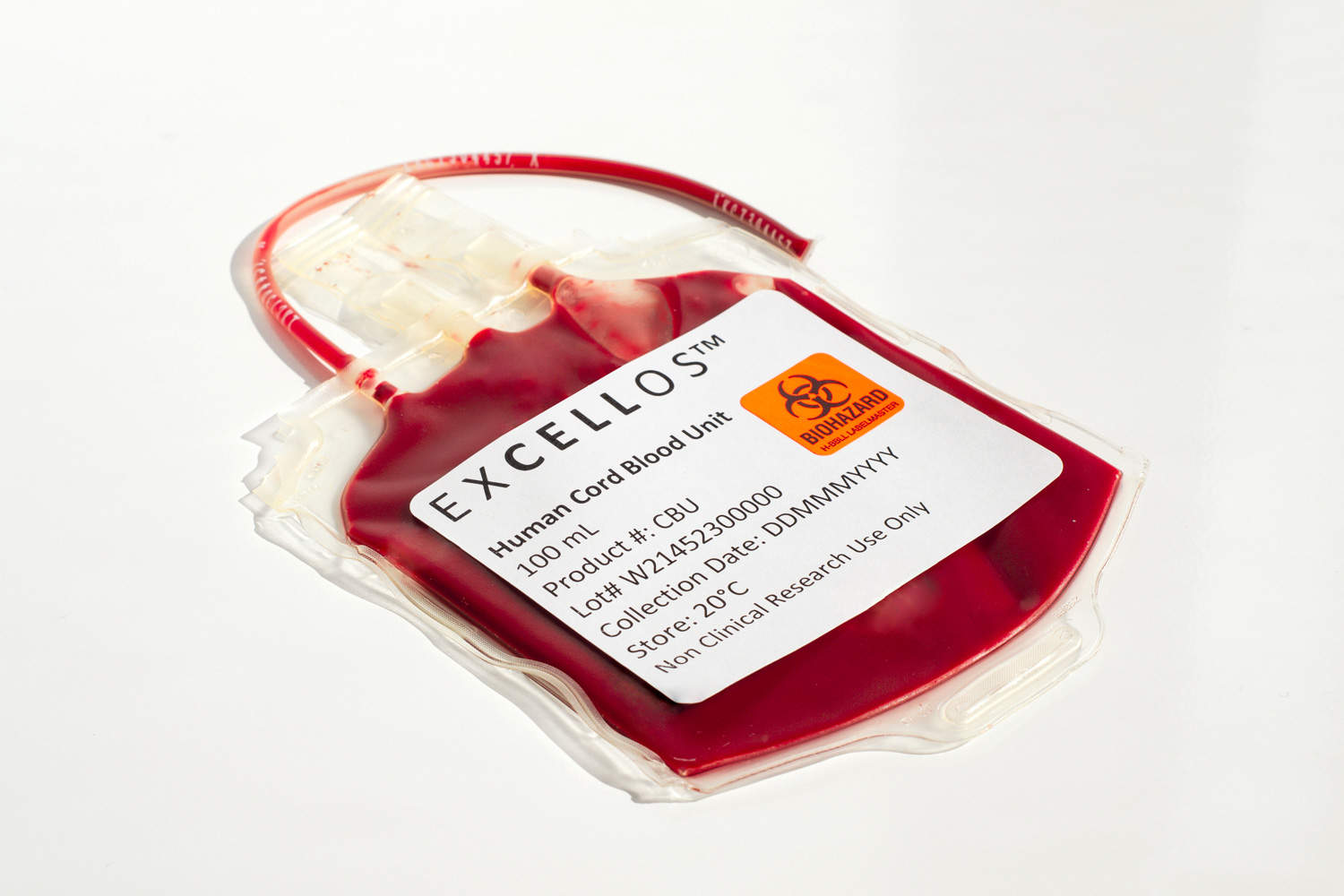“We can see in the study that there are clear differences in the intestinal flora already during the first year of life between those who develop autism or ADHD and those who don’t. We’ve found associations with some factors that affect gut bacteria, such as antibiotic treatment during the child’s first year, which is linked to an increased risk of these diseases,” says Ludvigsson, senior professor at the Department of Biomedical and Clinical Sciences at Linköping University, who led the study together with Triplett.
Children who had repeated ear infections during their first year of life had an increased risk of being diagnosed with a developmental neurological disorder later in life. It is probably not the infection itself that is the culprit, but the researchers suspect a link to antibiotic treatment. They found that the presence of Citrobacter bacteria or the absence of Coprococcus bacteria increased the risk of future diagnosis.
One possible explanation may be that antibiotic treatment has disturbed the composition of the gut flora in a way that contributes to neurodevelopmental disorders. The risk of antibiotic treatment damaging the gut flora and increasing the risk of diseases linked to the immune system, such as type 1 diabetes and childhood rheumatism, has been shown in previous studies.
In a study published today in Developmental Cell, a team led by scientists at the University of Cambridge used genetically engineered mice to show how the fetus produces a signal to encourage growth of blood vessels within the placenta. This signal also causes modifications to other cells of the placenta to allow for more nutrients from the mother to go through to the fetus.
Dr. Ionel Sandovici, the paper’s first author, said: “As it grows in the womb, the fetus needs food from its mum, and healthy blood vessels in the placenta are essential to help it get the correct amount of nutrients it needs.
“We’ve identified one way that the fetus uses to communicate with the placenta to prompt the correct expansion of these blood vessels. When this communication breaks down, the blood vessels don’t develop properly and the baby will struggle to get all the food it needs.”
The team found that the fetus sends a signal known as IGF2 that reaches the placenta through the umbilical cord. In humans, levels of IGF2 in the umbilical cord progressively increase between 29 weeks of gestation and term: too much IGF2 is associated with too much growth, while not enough IGF2 is associated with too little growth. Babies that are too large or too small are more likely to suffer or even die at birth, and have a higher risk to develop diabetes and heart problems as adults.
Dr. Sandovici added: “We’ve known for some time that IGF2 promotes the growth of the organs where it is produced. In this study, we’ve shown that IGF2 also acts like a classical hormone—it’s produced by the fetus, goes into the fetal blood, through the umbilical cord and to the placenta, where it acts.”
Particularly interesting is what their findings reveal about the tussle taking place in the womb.
In mice, the response to IGF2 in the blood vessels of the placenta is mediated by another protein, called IGF2R. The two genes that produce IGF2 and IGF2R are ‘imprinted’ – a process by which molecular switches on the genes identify their parental origin and can turn the genes on or off. In this case, only the copy of the igf2 gene inherited from the father is active, while only the copy of igf2r inherited from the mother is active.
Dr. Botero and colleagues report their experience with the stem cell procedure in an infant with cleft lip and palate, diagnosed by ultrasound before birth. The baby girl had an alveolar cleft, involving an area of bone where teeth are located.
Immediately after delivery, a sample of the infant’s umbilical cord blood was collected to isolate stem cells, which were processed and frozen to preserve them for later use. Umbilical cord blood is a rich source of various types of stem cells, which have the potential to develop into many different types of specialized cells, including bone and cartilage.
“Since the age is that of the newborn, [umbilical cord stem cells] have a greater potential to regenerate the organism,” Dr. Botero and coauthors write. For the first few months, the infant underwent a nonsurgical “nasoalveolar shaping” procedure to align the soft tissues of the upper jaw.
